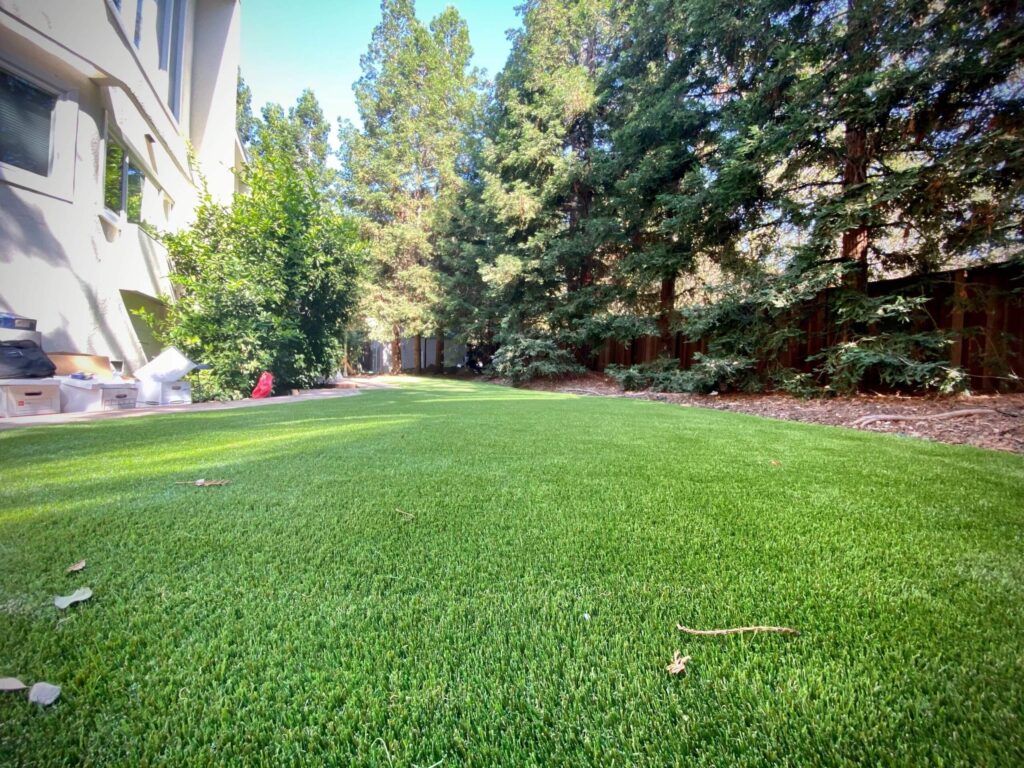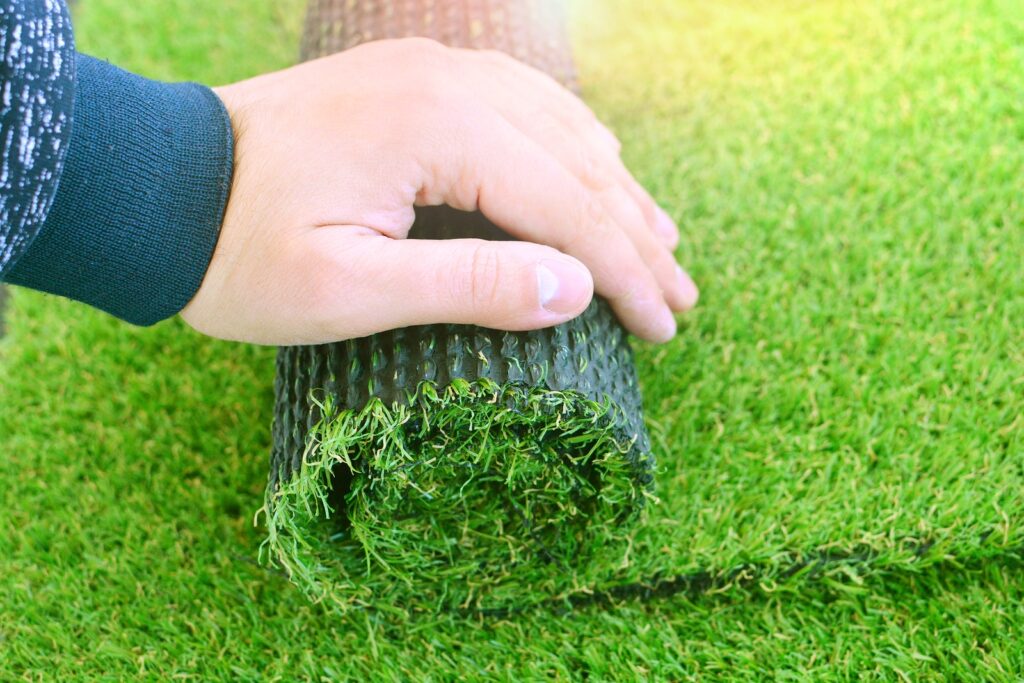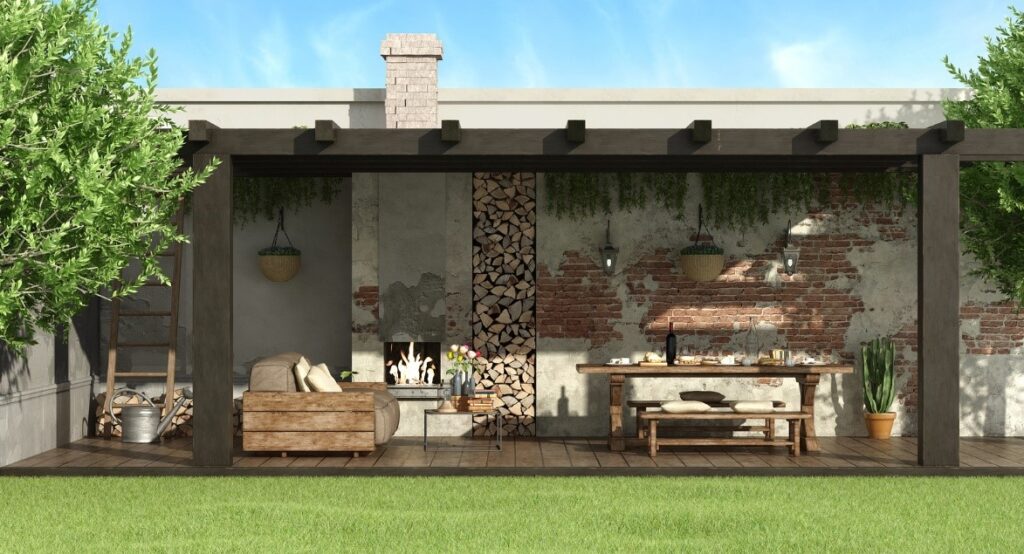People think they know a lot about synthetic turf because it’s been used in professional sports field for decades, but most don’t know its safety standards or how it’s made to be so durable.
The Durability of Artificial Grass
Synthetic turf is highly durable and is environmentally friendly, so it is trending as a landscape component for residential housing. This is especially true for areas hard hit by drought or under constant watering bans.
New artificial grass isn’t the same players tumbled on in Super Bowl games of the 1960s and 1970s. This modern synthetic turf looks and feels like real grass. It comes in a variety of shades, so it blends into natural landscapes.
How Synthetic Turf Is Made
Artificial grass is made from a combination of three things: nylon, Polyethylene, and Polypropylene. It could be only two of those items, or it could be a combination of all three. However, nylon is the primary component.
You may wonder how these chemical components are safe. These are the same components used in plastic bottles, carpeting, plastic storage bowls, plastic pipes, and toys. The combination of elements keeps synthetic grass from fading, tearing, and fraying. It is manufactured to withstand heavy foot traffic, kids playing, dogs digging and cat’s scratching, not to mention your husband’s mulligans.
Synthetic turf’s mesh backing is made of the same components. It keeps grass strands securely attached and allows for drainage. It is held to the same standards as the blades. The adhesive attaching the strands is important because it must be strong enough to withstand both the weather and wear while maintaining an environmental safety standard that keeps those walking and playing on the grass safe. (Learn how artificial grass can make playgrounds safer!)
What Is Infill?
The other component of synthetic turf is infill. Infill is poured in between the blades with two primary purposes. It helps the blades stand straight and it provides drainage for water. A third purpose is that it can, depending on the infill, provide a cushion for feet.
The infill can consist of several types including:
Natural filler
Silica sand
Acrylic sand
Zeofill
Crumb rubber
Pea gravel
Walnut shell
Natural infill is made up of things like leaves, sticks, and straw. While it is safe because it is natural, it doesn’t hold up long. It decays rather quickly.
Silica and acrylic sand and the most popular. Silica sand is the least expensive and helps your grass withstand the sun’s rays. Acrylic sand is liked because it comes with an antimicrobial coating that stops the spread of bacteria. This is helpful for those with pets who will use the bathroom in the yard.
Zeofill is loved by pet owners because this natural product holds both pet urine and its gas odor until rainfall or a spray hose releases it to wash it away. So, your yard literally smells better with it.
Crumb rubber is used for infills on many playgrounds. It provides a soft cushion for feet and is durable. The one disadvantage of it is that it gets hot during the summer.
Pea gravel is another commonly used infill. It is functional and looks good, but sometimes doesn’t stay where it should.
Walnut shell is growing in popularity as in infill because it is natural and works well for drainage. It allows drainage but doesn’t expand as water passes over it.
These components work together to make for a synthetic turf that works in your yard. No matter what exact type you choose, your yard will look and feel great for years to come.
Related Articles

Why Worry With Weeds? Synthetic Grass Lawns Do the Trick





